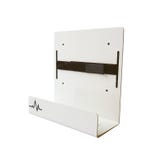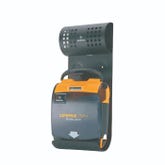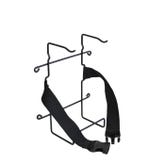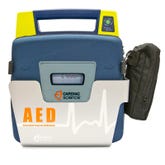AED Placement: A Vital Key To SCA Survival
- Jun 4, 2018

Have you considered that the time span required to retrieve an AED and reach the victim can dramatically affect a Sudden Cardiac Arrest (SCA) victim’s chance of survival?
AED placement is a vital key in AED Program Implementation and providing the best chance of an SCA victim’s survival. When a person goes into SCA, the chance of survival drops by 10% every 60 seconds that passes without defibrillation.
During SCA, the heart is experiencing a fatally abnormal rhythm that can only be restored by an electrical shock. Blood flow to the brain stops abruptly, so without early access to CPR and defibrillation, brain damage begins to occur after four to six minutes. After 10 minutes, it’s often too late and few resuscitation attempts are ever successful.
With this in mind, it is important to know how long a victim has from “drop to shock” to be able to give the victim the best chance of survival. The American Heart Association recommends a “drop to shock” time of between 3 – 5 minutes. It will take at least one (1) minute for a bystander to recognize that there is an emergency requiring an AED and react. Another one (1) minute passes once the AED arrives by the victim’s side, the unit is turned on, performs a self-check, rescuer applies the electrode pads, and allows the AED to analysis the heart rhythm and charge-up for a shock. That leaves only three (3) minutes to retrieve the AED unit.
AEDs should be located within three (3) minutes of most locations on your premises. Be sure to consider all grounds, parking areas, and remote buildings as well. To determine a three-minute response time, start at the point in which the AED would be located. Busy hallways or areas people congregate are ideal locations. Walk briskly with a stopwatch for 90 seconds. This spot is the outlying point in which a rescuer can retrieve the AED and respond within three minutes, as it allows a rescuer 90 seconds to reach the AED and another 90 seconds to return. (An able adult can usually briskly walk about 300 feet per minute).
If your facility is a larger area that would take longer than 90 seconds to reach the AED and 90 seconds to return to the victim, you should highly consider adding an additional AED to the location.











 CALL US:
CALL US: